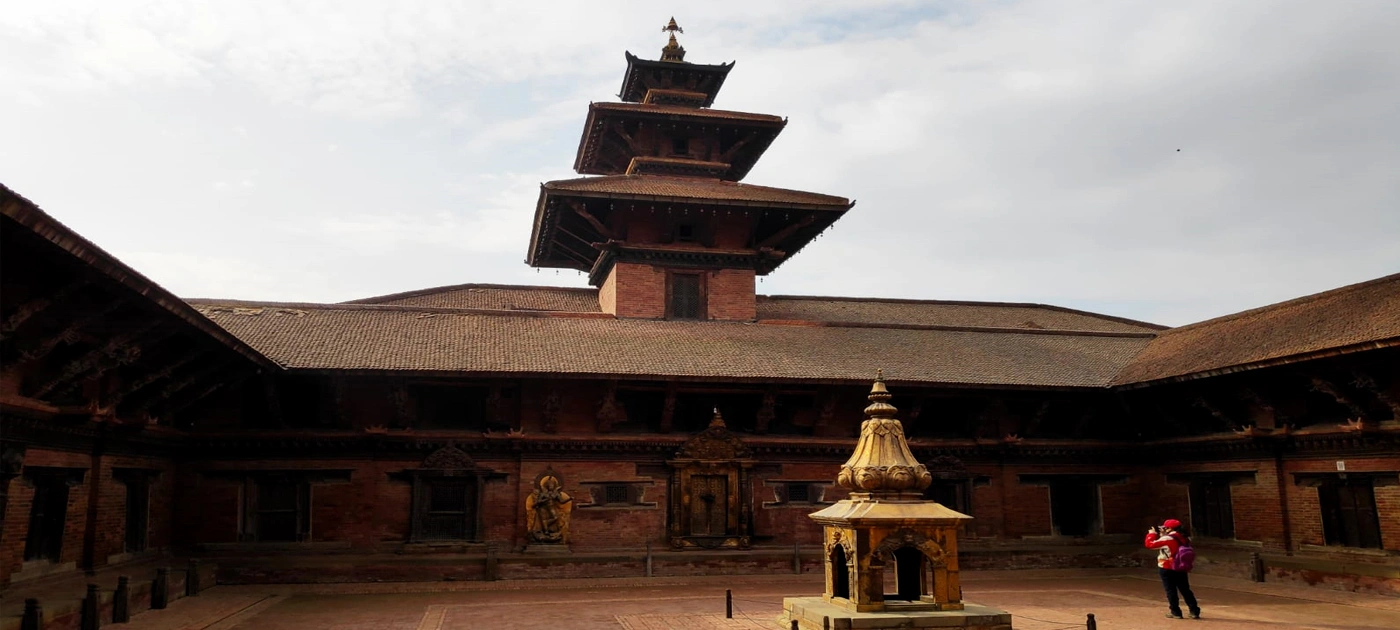Kathmandu has been a popular destination for tourists since the 1960s and 1970s, when it became a haven for travelers on the so-called hippie trail. The city has evolved significantly over the years, featuring numerous temples and attractions that continue to awe and inspire a diverse range of visitors, from backpackers to luxury tourists, as well as expatriates who enjoy its endless wonders.
According to Buddhist tradition, sage Manjushri, who came from China to worship at Swayambhu, is credited with the origin of the valley. He used his divine scimitar to strike a deep cleft in the southern hills, draining off the water and making the valley suitable for human settlement. To support this legend, the logo of Kathmandu Metropolitan City features the divine sword of Sage Manjushri.
Hindu and Buddhist legends explain the origin of the Kathmandu Valley. According to Hindu mythology, the valley was once a vast, pristine lake. Lord Krishna, from the Mahabharata era, came to the region and used his divine discus, the Sudarshan Chakra, to slice through the lowest part of the southern hills, allowing the water to flow out and making the valley suitable for human settlement. The cowherds, known as Gopals, who accompanied him, became the first inhabitants of the valley.
The Kathmandu Valley is home to three major cities of significant historical and cultural interest: Kathmandu, Lalitpur (also known as Patan), and Bhaktapur (Bhadgaon). Located at an altitude of 1,336 meters above sea level, the Kathmandu Valley covers an area of 218 square miles. Major tourist attractions in Kathmandu include.
